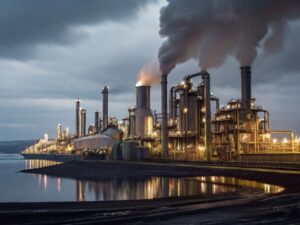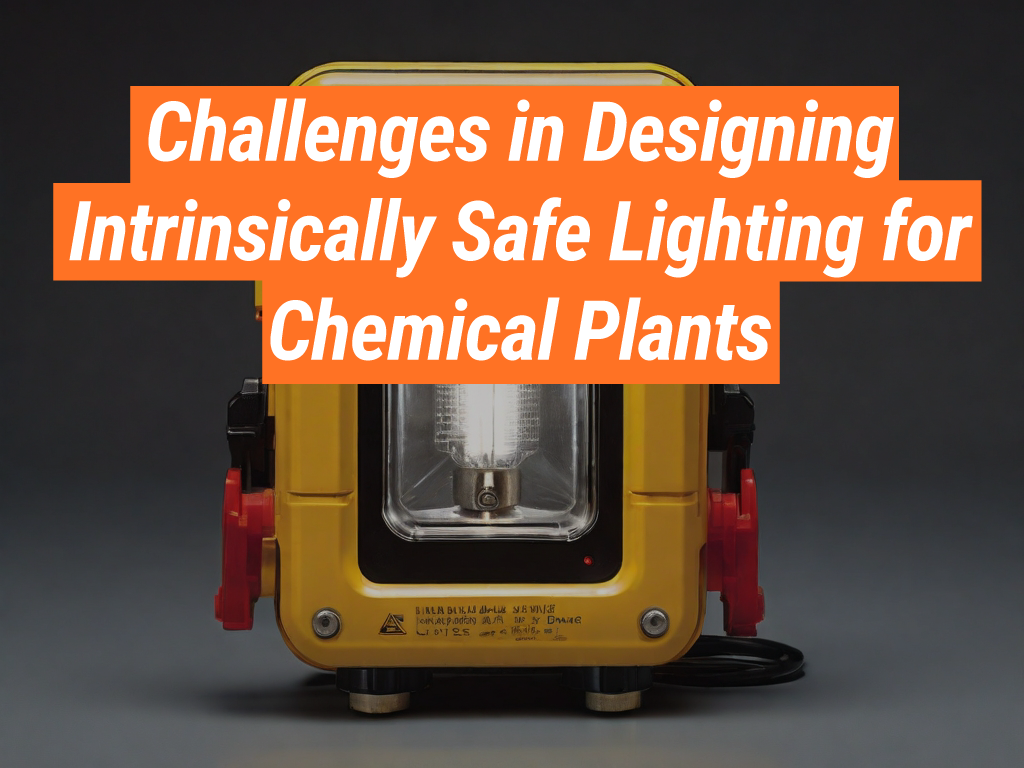Design Challenges in chemical plants present complex environments that necessitate specialized equipment to guarantee safety and efficiency. Intrinsically safe lighting stands as one such critical component. This article, from the Intrinsically Safe Store, delves into the challenges encountered in designing these vital lighting systems. We encourage you to explore our website for a comprehensive range of intrinsically safe products.
Understanding Intrinsically Safe Lighting
Intrinsically safe lighting is designed to operate in hazardous environments without causing ignition. These lighting systems are engineered to limit electrical and thermal energy to a level below what is required to ignite a specific hazardous atmospheric mixture.
Challenges in Designing Intrinsically Safe Lighting
Designing intrinsically safe lighting for chemical plants is a complex task that presents several challenges.
1. Compliance with Safety Standards
Designers must ensure that the lighting systems comply with stringent safety standards. These standards vary depending on the region and the specific hazards present in the chemical plant.
2. Durability and Reliability
The lighting systems must be durable and reliable, capable of withstanding harsh conditions such as extreme temperatures, corrosive substances, and physical impacts.
3. Energy Efficiency
Energy efficiency is another significant challenge. Designers must create lighting systems that provide adequate illumination while consuming minimal power.
4. Maintenance
Maintenance of these lighting systems in a hazardous environment can be challenging. Therefore, designers must consider ease of maintenance during the design process.
Case Study: Overcoming Design Challenges
A case study exemplifying the overcoming of these challenges is the design of intrinsically safe lighting for a large petrochemical plant. The designers complied with strict safety standards, ensured durability and reliability, achieved energy efficiency, and facilitated easy maintenance. They successfully met these challenges through innovative design and the use of advanced materials.
Statistics on Intrinsically Safe Lighting
According to a report by MarketsandMarkets, the global market for intrinsically safe equipment, including lighting, is expected to reach $3.4 billion by 2023, growing at a CAGR of 4.5% from 2018. This growth is driven by the increasing emphasis on safety in industries such as oil and gas, mining, and chemical.

Designing intrinsically safe lighting for chemical plants necessitates a deep understanding of safety standards, durability and reliability requirements, energy efficiency, and maintenance considerations. This complex task, however, can be overcome through innovative design and advanced materials, as the case study demonstrates. The growing market for intrinsically safe equipment emphasizes the importance of these lighting systems in maintaining safety in hazardous environments.
For more information on intrinsically safe lighting and other safety equipment, visit Intrinsically Safe Store. Our team of experts is ready to assist you in selecting the right equipment for your needs. Contact us today!


























